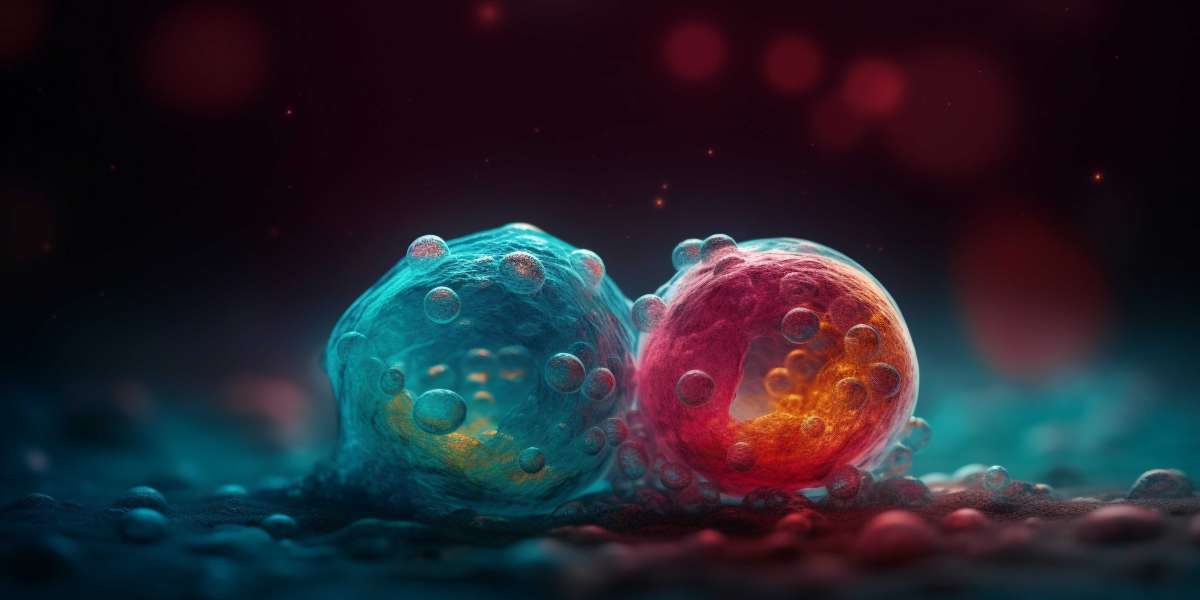Duchenne Muscular Dystrophy (DMD) is a severe, progressive neuromuscular disorder caused by mutations in the dystrophin gene, leading to muscle degeneration and weakness. As the DMD treatment landscape evolves, gene therapy emerges as a transformative approach with the potential to revolutionize care for this devastating condition.
Current Status of Duchenne Muscular Dystrophy Treatments
Historically, treatment options for DMD have been limited. Standard therapies have focused on managing symptoms and slowing disease progression rather than addressing the root cause. Corticosteroids, such as prednisone, can help maintain muscle strength and function, but they are not a cure. Physical therapy and assistive devices also play crucial roles in improving the quality of life for patients.
Recent advancements have introduced novel treatments, such as exon-skipping drugs that aim to bypass defective parts of the dystrophin gene to produce a functional dystrophin protein. While these therapies have shown promise, they address only specific mutations and are not universally applicable.
The Promise of Gene Therapy
Gene therapy represents a groundbreaking approach that aims to address the underlying genetic defect in DMD. By delivering a copy of the dystrophin gene or a functional version of the dystrophin protein to muscle cells, gene therapy seeks to restore the production of dystrophin, thereby halting or even reversing muscle degeneration.
Several gene therapy strategies are currently in development:
- Gene Replacement Therapy: This approach involves introducing a healthy copy of the dystrophin gene into muscle cells. Technologies like adeno-associated virus (AAV) vectors are used to deliver the gene to the cells. Trials are underway to assess the safety and efficacy of these therapies.
- Gene Editing: Techniques such as CRISPR-Cas9 offer the potential to correct mutations in the dystrophin gene directly. By making precise edits to the gene sequence, gene editing aims to restore normal dystrophin function.
- Exon Skipping and Mini-Dystrophin Delivery: Exon skipping involves creating a truncated but functional version of the dystrophin protein that can partially compensate for the missing dystrophin. Gene therapy can deliver these mini-dystrophins to muscle cells, offering a promising solution for various DMD mutations.
Future Prospects and Challenges
The future of gene therapy in DMD is filled with potential but also faces several challenges. Clinical trials are critical for determining the safety and efficacy of these therapies. Early results have been encouraging, with some trials showing improvements in muscle function and overall health. However, long-term data is needed to fully understand the benefits and risks.
Manufacturing and delivery of gene therapy products also present hurdles. Ensuring that therapies can be produced at scale and delivered effectively to all muscle cells are essential for widespread adoption. Additionally, the high cost of gene therapy raises questions about accessibility and affordability.
Duchenne Muscular Dystrophy Epidemiology and Market Impact
DMD affects approximately 1 in 3,500 to 5,000 male births globally. The prevalence of DMD highlights the significant unmet need for effective treatments. As gene therapy advances, it has the potential to substantially impact the DMD market by offering a more targeted approach to treatment and possibly reducing the long-term burden on healthcare systems.
In summary, gene therapy holds promise for transforming the Duchenne Muscular Dystrophy treatment landscape. While there are challenges to overcome, the continued development and refinement of these innovative therapies offer hope for improved outcomes and quality of life for individuals with DMD. The coming years will be crucial in determining how quickly these therapies can be brought to market and how they will reshape the future of DMD treatment.
Trending Reports





